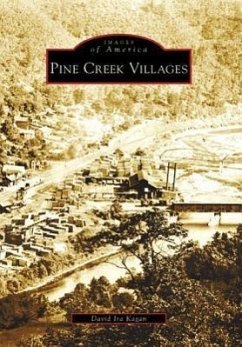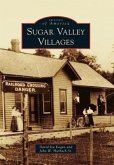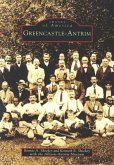Pioneer settlers began arriving in Pine Creek Valley after the Revolutionary War, drawn to the pristine wilderness filled with towering white pines and hemlocks. In the 1880s, descendants of those settlers began extensive lumbering operations aided greatly by the arrival of the railroad through the valley. Additional logging railroads were rapidly constructed up the tributary runs to the great stands of trees. Pine Creekas villages flourished, with both large and small sawmills buzzing. Around 1910, when the great lumbering days ended, many of the village populations plummeted. Throughout the 20th century and into today, the area remains a popular tourist destination for fishing, hunting, and outdoor enthusiasts.
Hinweis: Dieser Artikel kann nur an eine deutsche Lieferadresse ausgeliefert werden.
Hinweis: Dieser Artikel kann nur an eine deutsche Lieferadresse ausgeliefert werden.







